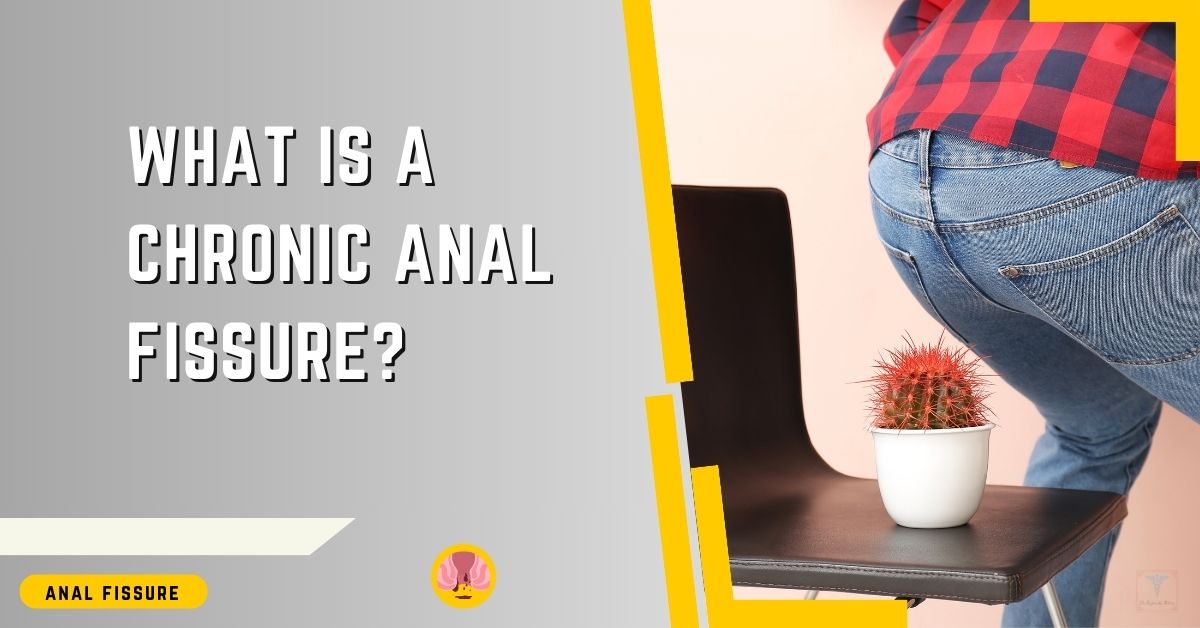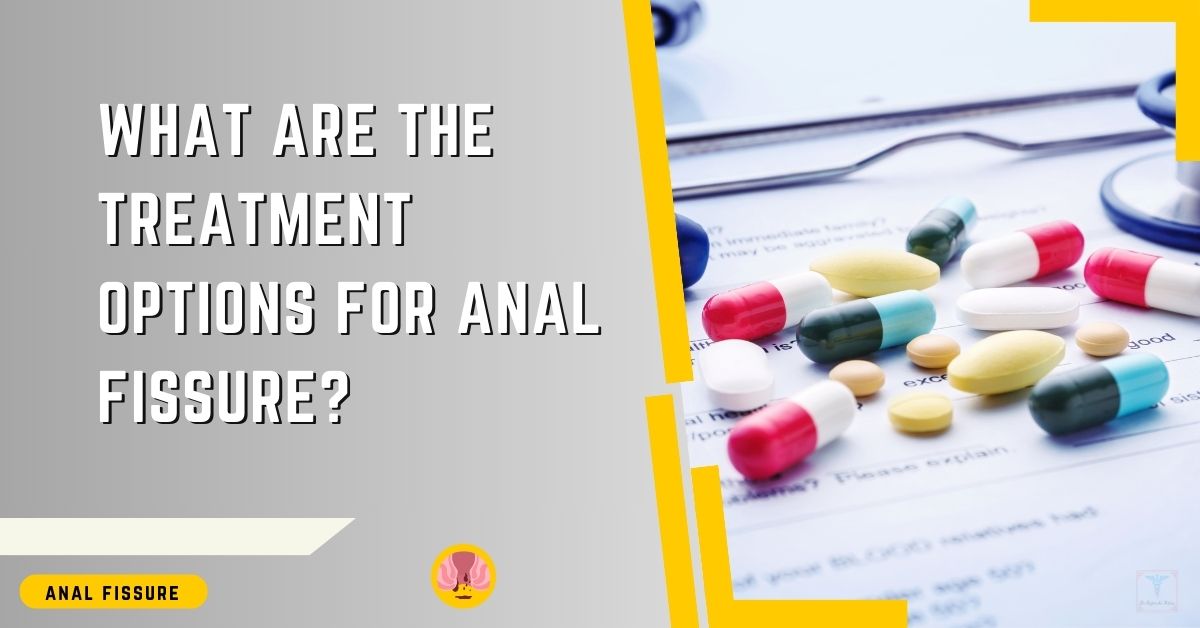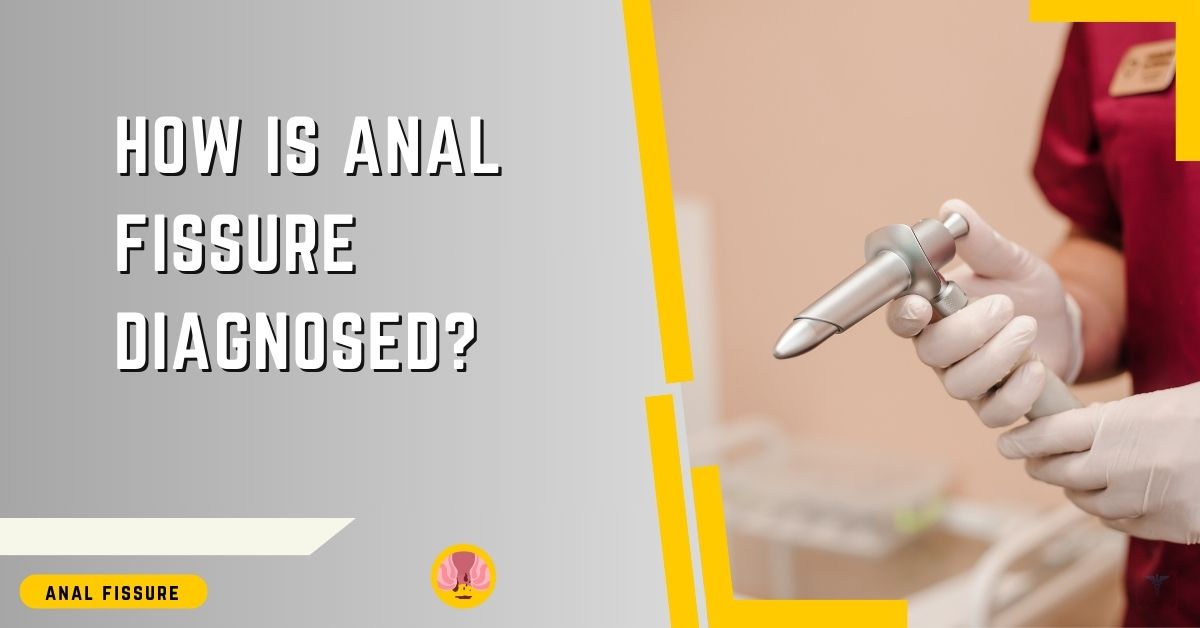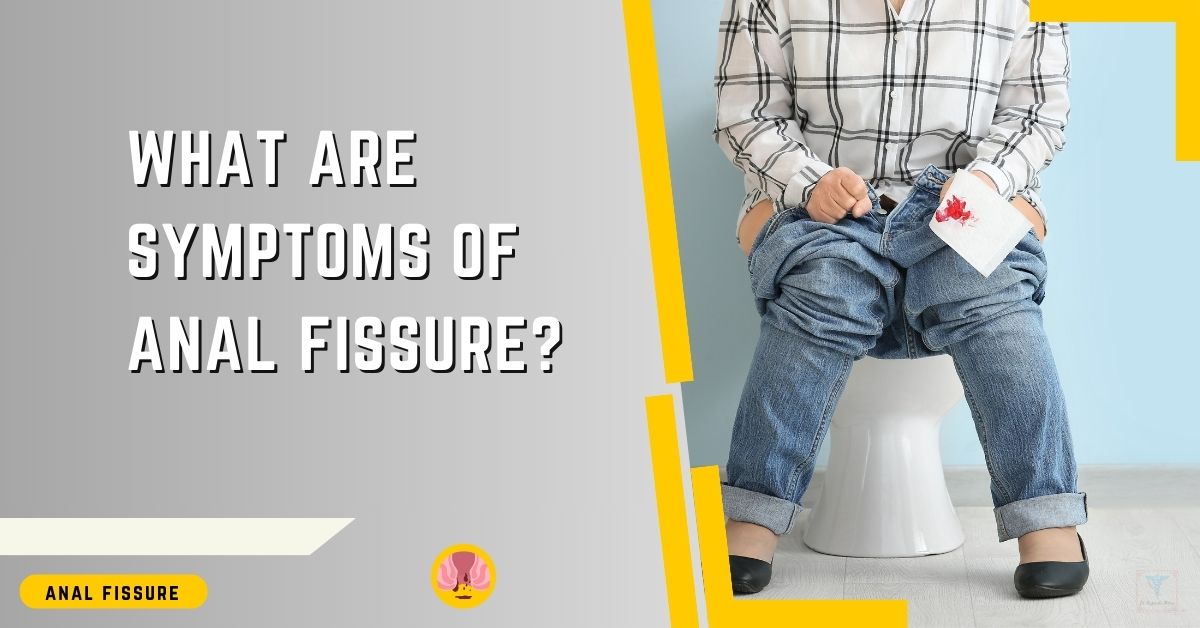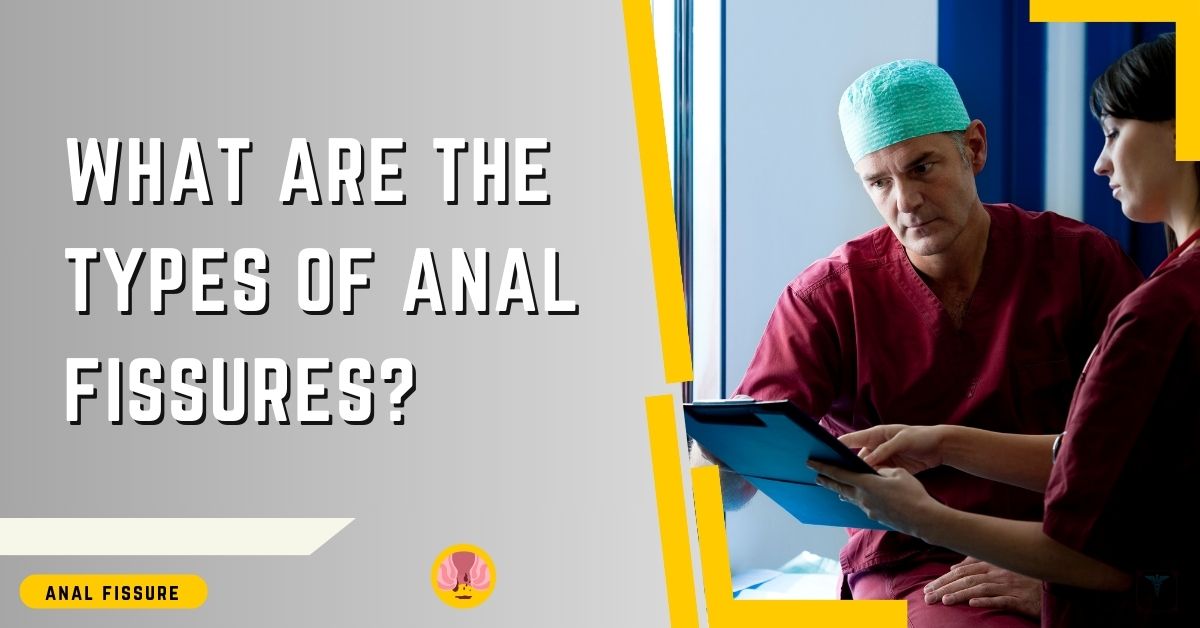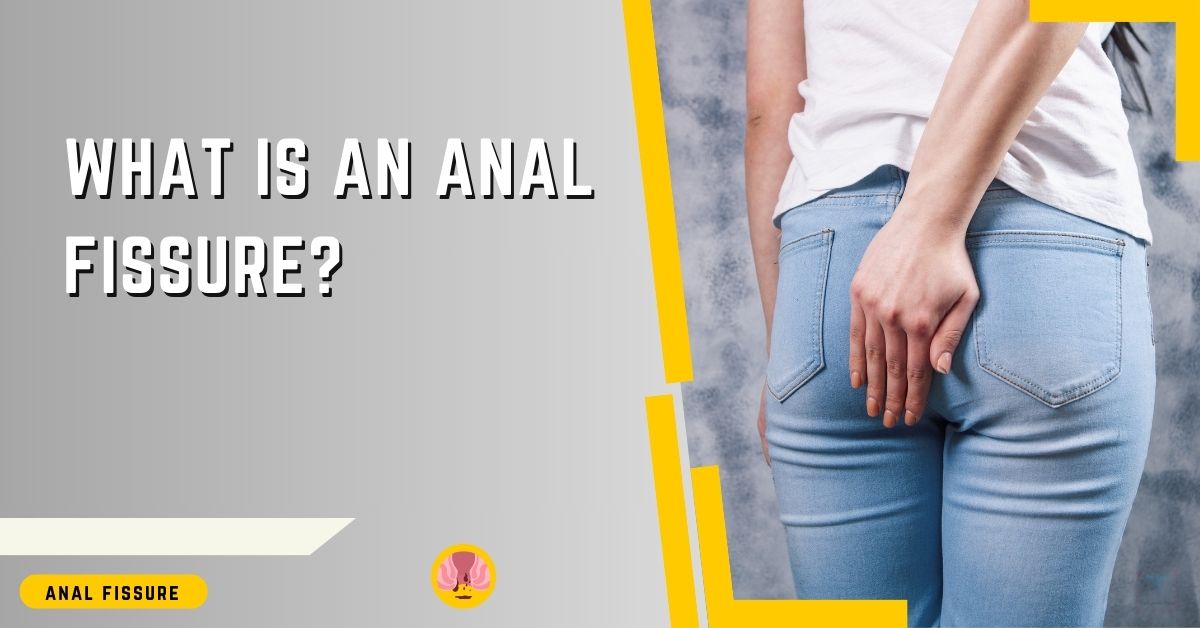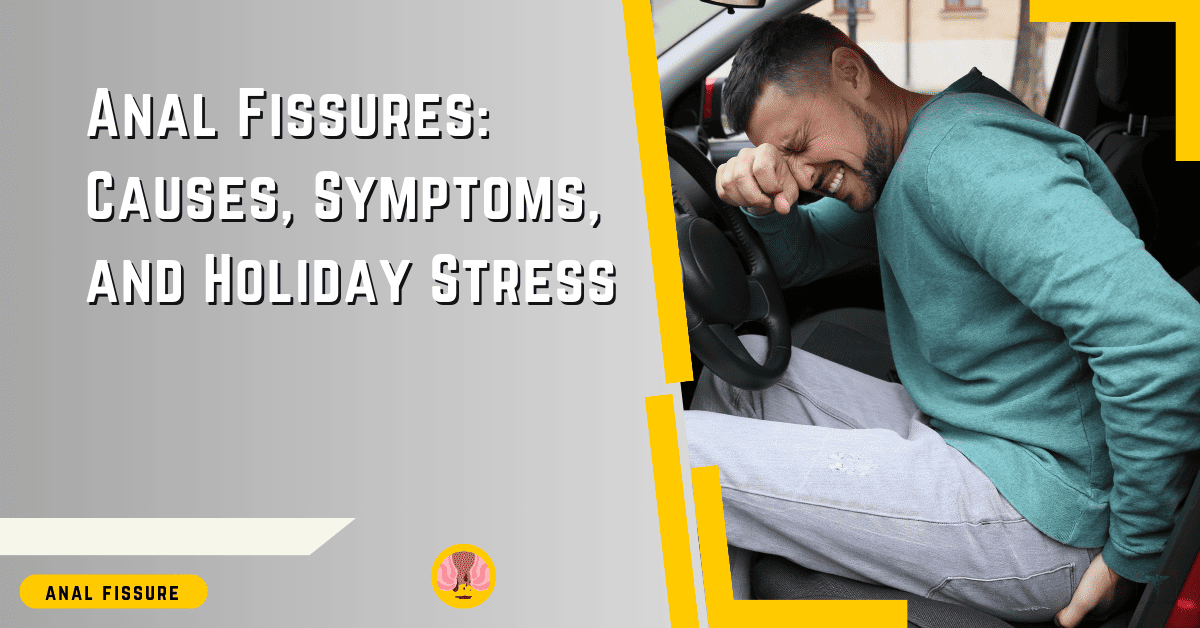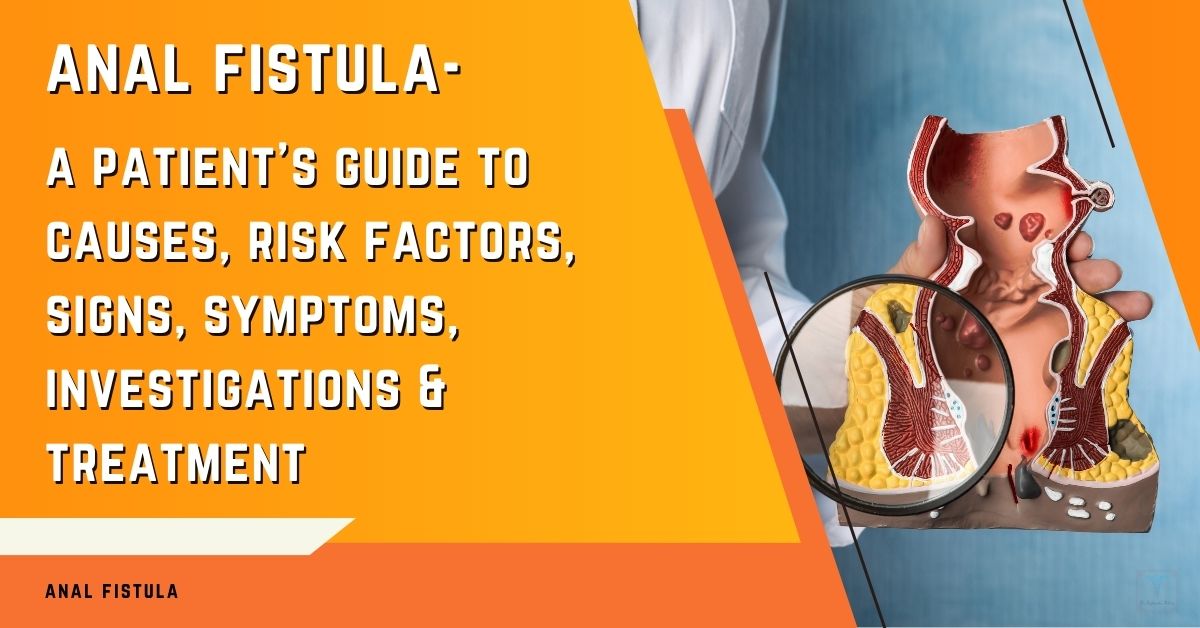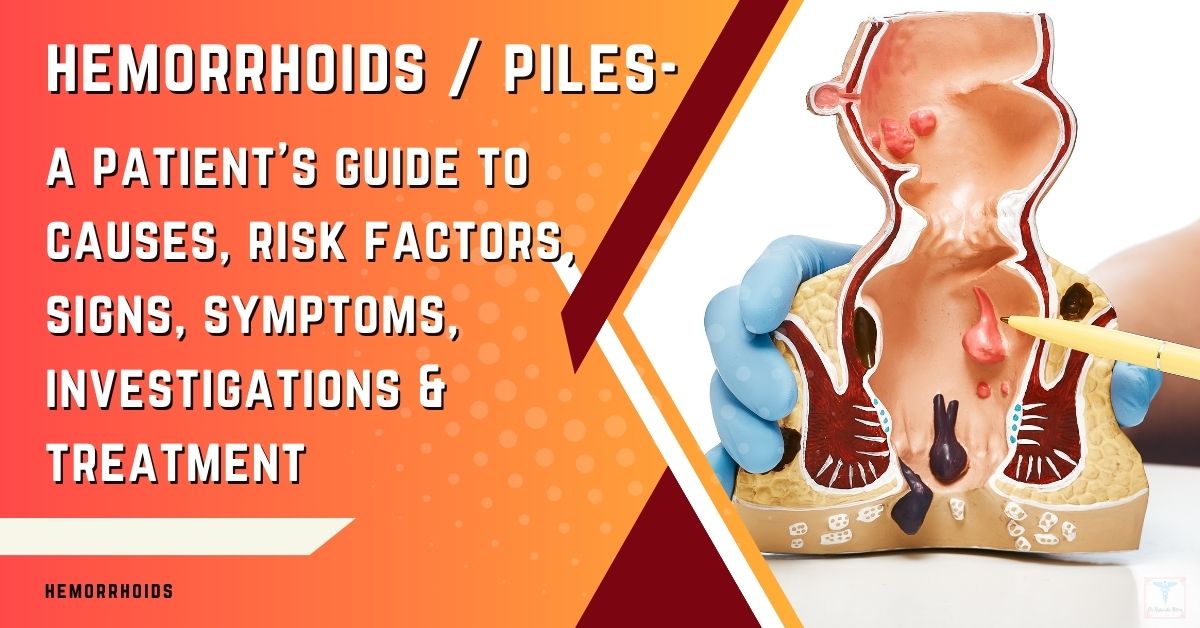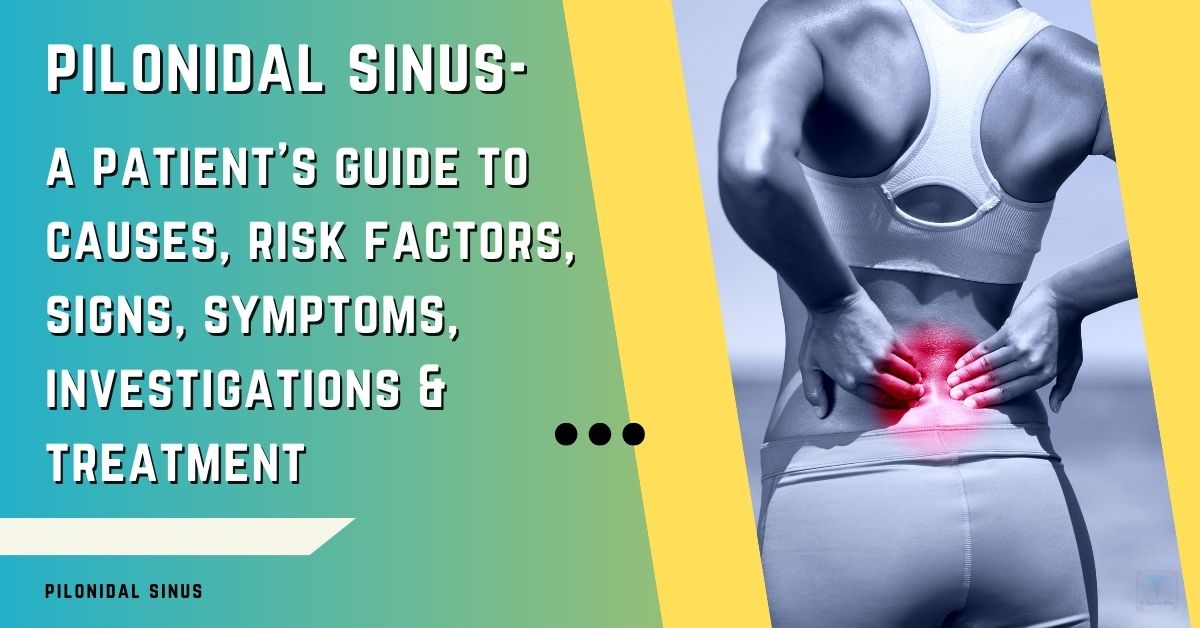Acute and chronic anal fissures share some similar symptoms but have key differences in duration, severity, and recommended treatment. Understanding how to tell them apart is important for proper diagnosis and care.
Let’s go over the main factors distinguishing acute vs. chronic anal fissures.
Key Differences Between Acute And Chronic Anal Fissures
- Acute fissures last less than 6 weeks; chronic longer than 6-8 weeks.
- Chronic fissures cause more severe, recurring symptoms.
- Chronic fissures are wider lesions and don’t respond well to home treatments.
- Determining duration and severity guides proper diagnosis and care.

Duration of Symptoms
- Acute fissures have existed for less than 6 weeks.
- Chronic fissures last longer than 6-8 weeks.
- The longer you’ve had symptoms, the more likely it is a chronic fissure.
The Severity of Symptoms
- Acute fissures cause mild to moderate pain.
- Chronic fissures often cause severe, sharp anal pain.
- Pain from chronic fissures lasts longer after bowel movements.
Appearance
- Acute fissures are typically narrow and shallow.
- Chronic fissures are wider lesions, with possible skin tags.
- Inspecting the fissure can help determine if it’s acute or chronic.
Bleeding
- Both acute and chronic fissures cause rectal bleeding.
- Chronic fissures tend to cause recurring bleeding over time.
- Bleeding that continues longer than 6 weeks suggests a chronic fissure.
Response to Home Treatments
- Acute fissures often heal with conservative care.
- Chronic fissures do not respond well to home treatments.
- Fissures lasting over 6 weeks despite home care are likely chronic.
Treatment Approach
- Most acute fissures heal with simple home care.
- Chronic fissures usually require prescription medications/procedures.
- Recognizing chronicity guides appropriate escalation of treatment.
Sitz baths and proper diet can treat acute anal fissures in most cases. However, chronic anal fissures don’t respond to such options.
Final Note From Dr. Rajarshi Mitra
Let me know if you need any clarification on distinguishing acute vs. chronic anal fissures! Proper diagnosis is key for successful treatment.
Dr. Rajarshi Mitra is a patient-centered, highly-rated Specialist Laparoscopic Surgeon & Proctologist in Abu Dhabi, offering Advanced Laparoscopic Surgery, Minimally Invasive Proctology & Lasers in Proctology. He is MBBS; MS (Surgery); FIAGES; FICS (USA); Dip. Lap (France); and Dip. Hernia (APHS) with 18 years of extensive experience in Laparoscopic Surgery, Minimally Invasive Proctology and Fellowship training in Colorectal and Bariatric Surgery.



